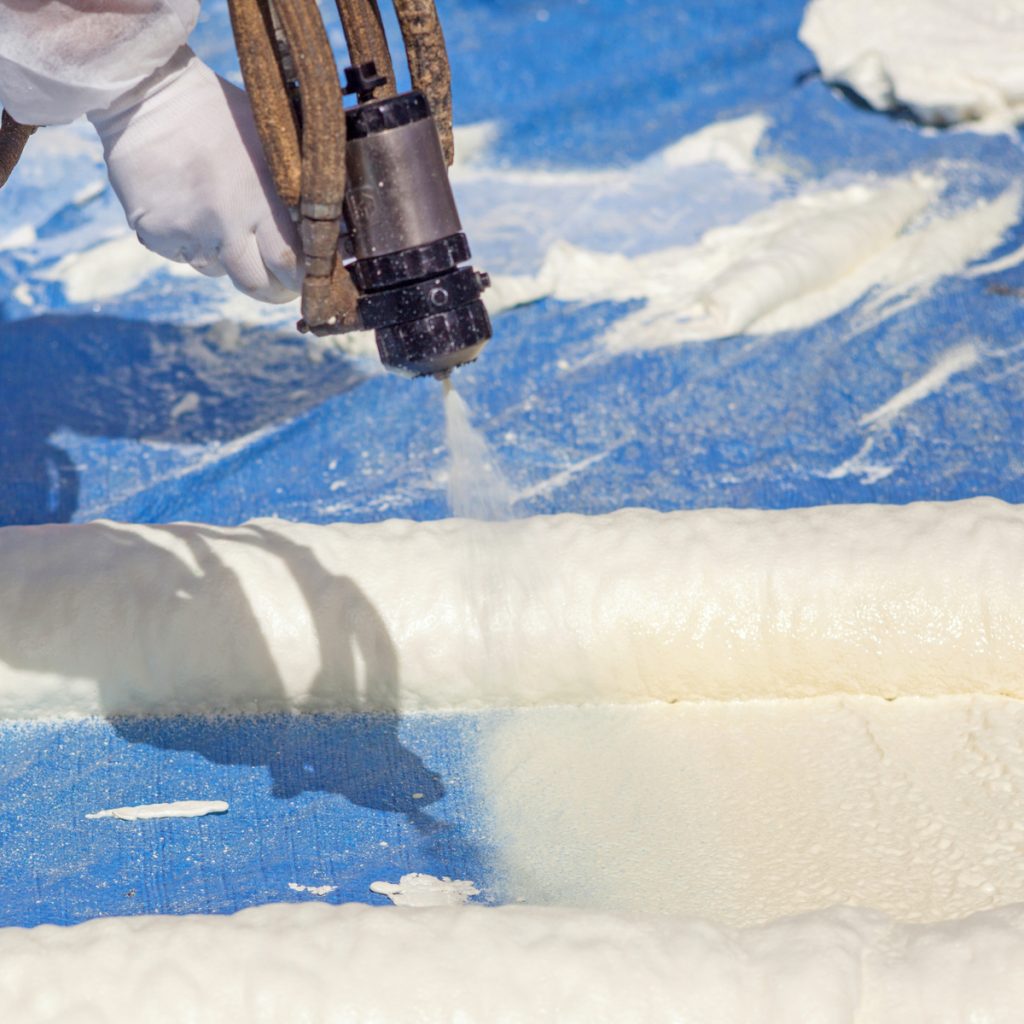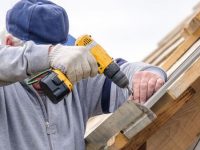Roof protection with coating
For a building owner with a flat roof, you may wonder if roof coating any good and why is it necessary? The answer to this is yes you should have a roof coating applied. The reasons why are many, but two of the biggest reasons for a roof coating to prevent leaks and roof coating to reduce heat. Generally, roof coatings are formulated to be used in temperature ranges between 40 degrees to 120 degrees and are typically in a liquid form while at room temp. The preferred temperature to apply these coal-tar based and water-based roof coatings is 50 degrees or above.
Right now, most of the country is experiencing cold, winter weather, even in Florida! So, if your flat roof requires coating right now, is there roof coating that can be applied in cold weather? The answer to that is yes, there are roof coating materials that don’t have to be applied in warm weather. For certain, cold weather does prompt a change in consideration for roof coatings, and fortunately, some manufacturers have an “all temperature” roof coating product or a winter-grade roof coating.
How often should you coat a flat roof?
The purpose of roof coating is to waterproof the original roofing and comes in a five-gallon container in a liquid thicker than paint, but thinner than tar. The black or metallic liquid is applied with a brush that resembles a push broom.
A flat roof usually has layers of asphalt and roofing felt or coal tar and roofing felt. Inspection for blisters, cracks, and other issues should be performed twice a year. Unless this a flat roof has a layer of gravel or some type of stone layer, it should have roof coating reapplied every 2 to 4 years.
How long do roof coatings last?
Roof coating is a fully adhered and seamless product making it an idyllic solution to upgrade an old flat roof. A roof coating will enable the roof to withstand ponding water, hailstorms, powerful winds, and other types of weather. Because roof coatings are made with elastomeric properties, they contract and expand with weather, which in turn, allows the roof to go with the weather fluctuation as well.
The life expectancy of roof coating depends on the quality of the material used and how thick it is applied. Most roof coating products have a five to ten-year manufacturer warranty, with a full 10-year life expectancy common. There are features that roof coating offers that make it stand out from other types of roofing materials, such as:
- Roof coating is fully adhered to a flat roof substrate as opposed to being fastened down
- Roof coatings are monolithic, meaning there are no seams versus other roofing products like metal that is applied in sheets then fastened down
- Roof coatings have superior waterproofing capabilities
- Roof coatings are environmentally friendly because they are not torn off and disposed
Does a rubber roof need to be coated?
For a structure with a flat roof, rubber roofing is a popular choice. It is durable and inexpensive, both a positive force for a building owner. Rubber comes in rolls and when installed by a professional roofing contractor, there are few seams, if any. Rubber roof will rarely leak or maintenance if little to none when installing properly. A rubber flat roof has a life expectancy of 20 years.
If rolled rubber roofing does crack or leak, the fix is easy and fast with a liquid rubber roof coating. Latex tape or sealant, or rubber shingles, which is more attractive than other methods. It is important to remember that a rubber roof contract and expands with the temperature and should only be applied when the exterior temperature is at 40-degrees or above.
How do you apply roof sealant?
The purpose of sealing a roof to stop leaks or prevent leaks. Sealing a roof looks to be an easy and simple task, but it can be more involved than it appears. Therefore, it is in the best interest of a building to have it done by a professional roofer. This will give you the allowance of having a guarantee and somebody to turn toward when there are any problems.
However, if you prefer to do this yourself, the following steps will give you an idea of the process:
- Step One: Inspection for cracks and gaps. Wire brush the surface then sweep.
- Step Two: Look for and remove any loose debris, replaced any missing screws and tighten any that are raised. Clean any mildew areas with chlorine bleach.
- Step Three: Thoroughly wash the roof using a garden hose and check for any puddling. Dry any puddles and the remaining roof.
- Step Four: Cover all flashing edges and seams with patching cement and a stiff-bristle brush, overlapping each seam by one inch on both sides. Make sure the flashing around electrical, HVAC, and plumbing vents have emerged.
- Step Five: Apply your mixed roof coating a roof brush, covering the entire roof. Follow the instructions on the roof coating mix carefully and be careful not to apply too much.
Does roof coating stop leaks?
Yes, that is a primary reason the owner of flat roof buildings has a silicone roof coating applied is to stop any possible leaks before they get worse. If there are several leaks, it is recommended to have the roof totally re-coated instead of patching the leaks.
The benefits of roof coating are important to the longevity of the roof as follows:
- Keeps Building Cooler
- Improves Energy Efficiency
- Energy Star Rated
- Eco-Friendly
- Prevents and Repairs Roof Leaks
- Extends Roof Life




